Assignments for Magic: the Gathering can be funny things and from my experience are a great microcosm of illustration assignments in general. They range from extremely detailed art orders that reference specific pieces of concept art and environments, all the way to art orders with vague ideas and one or two suggestions thrown in for guidance. The first variety of assignment is pretty common, and at times the fine folks at Wizards can be so specific that virtually every element in the image is based on pre-existing designs—including even the environment the image is set in.
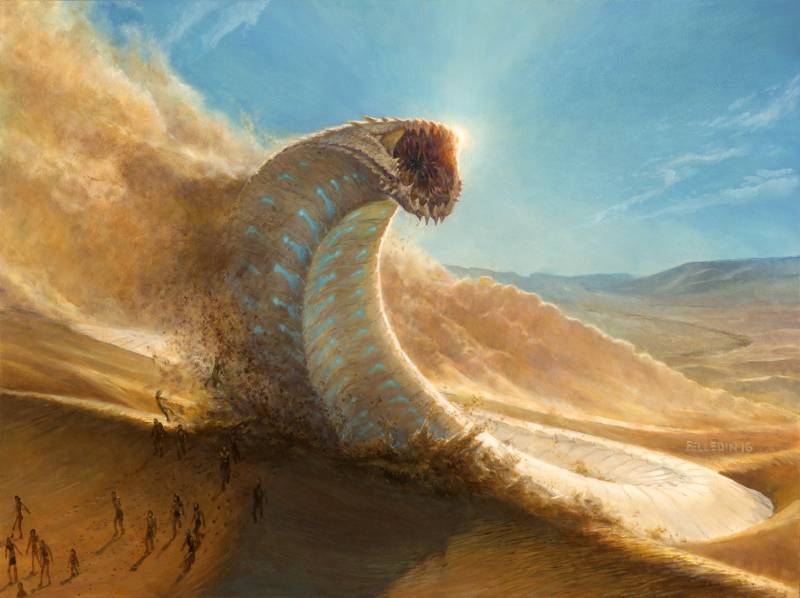
Outside of lighting and some color choices (which I don’t want to completely discount), there was little that I’d call mine in this piece. In the end, even the composition ended up being determined for me. Still mostly happy with it though, so I’ve got that going for me.
I have to confess that assignments like the above are sometimes quite difficult to get jazzed about—especially when the designs I’m meant to be referencing are stylistically antithetical to my own design philosophies and instincts. While I am a firm believer in restrictions and rules breeding creativity, I also believe that too many restrictions and rules can kill it. Sure, I’m always going to bring something to the table—even with such assignments. My own style and sensibilities will always come through in some way. Not surprisingly, though, I tend to feel a great deal less ownership of such imagery. So, I (and I assume many other artists) relish getting assignments that allow me to build the world of a given image from scratch and design all of what inhabits it.
That’s right. Despite the pay being the same, I’d rather do the assignment that includes more work. Weird, I know.
Last year I was asked to create a new image for an existing Magic card called, Spoils From the Vault. What Wizards wanted was an image depicting the skeletal remains of someone clutching a piece of treasure inside of a room that had been ransacked. It was an image all about the cost of pursuing great riches. Or something. Point is that while the description was pretty clear, there wasn’t any concept art or specific world to base the image on. I was free to make it all up. I was also free to make it my own.
Whenever possible, I like to add something to these more wide-open pieces. Sometimes it’s something simple like these guys in the rowboat who are about to have a really bad day:
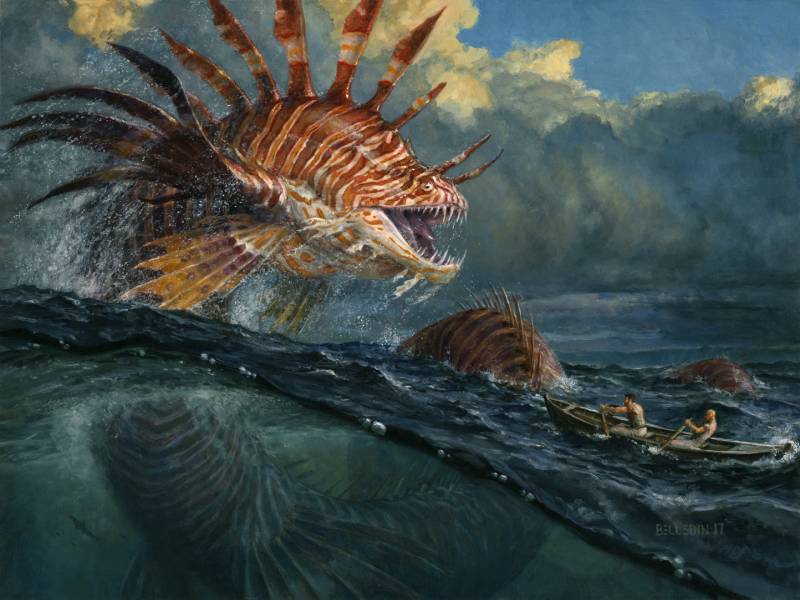
It turned out to be shockingly difficult to build a convincing sea monster head based on that of a lionfish. I think I was able to carry home the rest of that requested design influence, though. Mostly.
Other times, it’s layering my own story into a piece—if only to amuse myself. Spoils From the Vault was one such case.
The thing about the art description that I found interesting was that the fine folks at Wizards had left out what the treasure actually was. They threw in a few suggestions, but it was up to me. The only requirement was that it needed to be the only thing shining through the accumulated dust and debris surrounding it. I settled on a helmet, due to it being something that could easily hand-held but not awkward in the skeleton’s hands. Also, I decided that the helmet was the cause of its finder’s demise. And so the first thing I did was design the helmet and I did that using poisonous plant motifs.
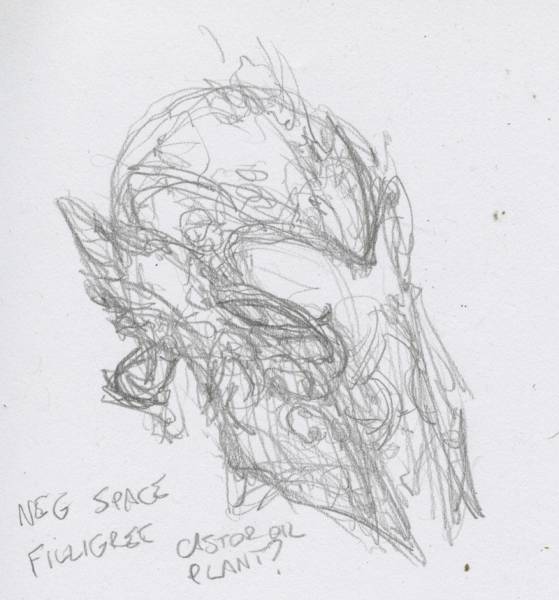
My initial design ideas are often messy and mostly scribbles. It’s a lot of mark making and reacting to that mark making while trying to steer toward a specific notion. Generally, things get refined in subsequent iterations—be that as further design explorations or in the final sketch itself.
The poison gag is not something I’ve told anyone before, nor is it something that anyone has noticed. Honestly, in the end, it’s not particularly obvious anyway. It’s just something I did for my own amusement, and was also another way of increasing my personal investment into the piece, since it was now not just about what Wizards wanted, but what I wanted, as well. And for me, I need at least some investment to keep myself from feeling like I’m just going through the motions.
Anyway, with the general idea of the helmet figured out, I did a quick scribble of the overall composition:
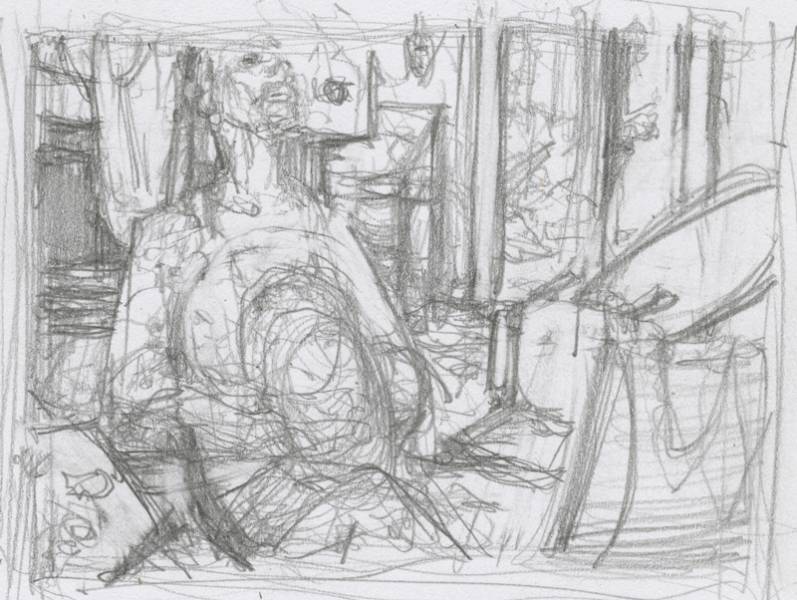
This compositional thumbnail ended up including almost all of the elements that made it into the final piece. Generally, they end up not being quite so accurate or intelligible.
Which lead to this tighter version:
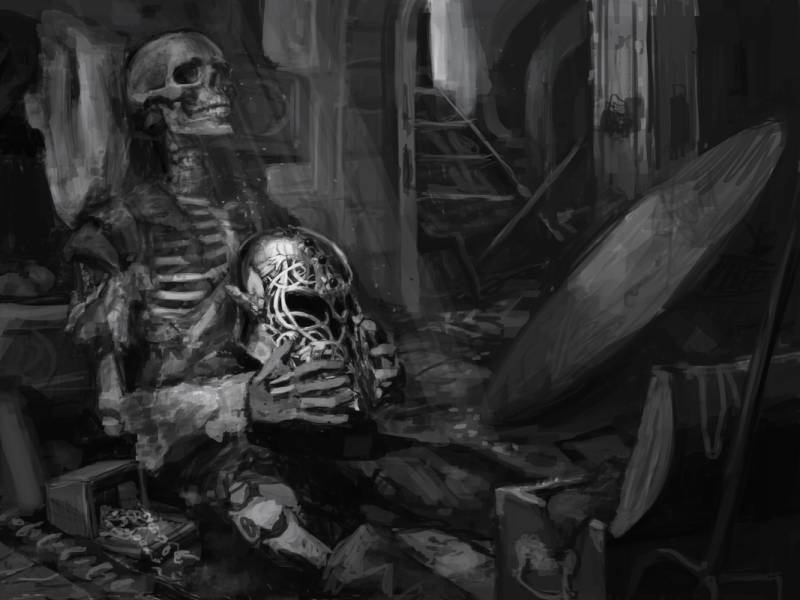
I wish I could say all of my finished sketches were so tight and true to the final painting, but alas…
In terms of reference collection, here’s what I drew from: movie stills the original Indiana Jones movies (both for dusty, skeletal remains as well as for rooms that were in disarray from having been searched), screen grabs from Proko’s Skelly app (I have model skeletons, but they’re not poseable), various pics of historical helmets adorned with gold, photos I took of my model skull, and finally the photo reference my wife took of me.
I don’t have an extensive collection of costumes and armor. I tend to improvise with my reference, so yes that is the mixing bowl from a Kitchenaid stand mixer posing as the helmet.
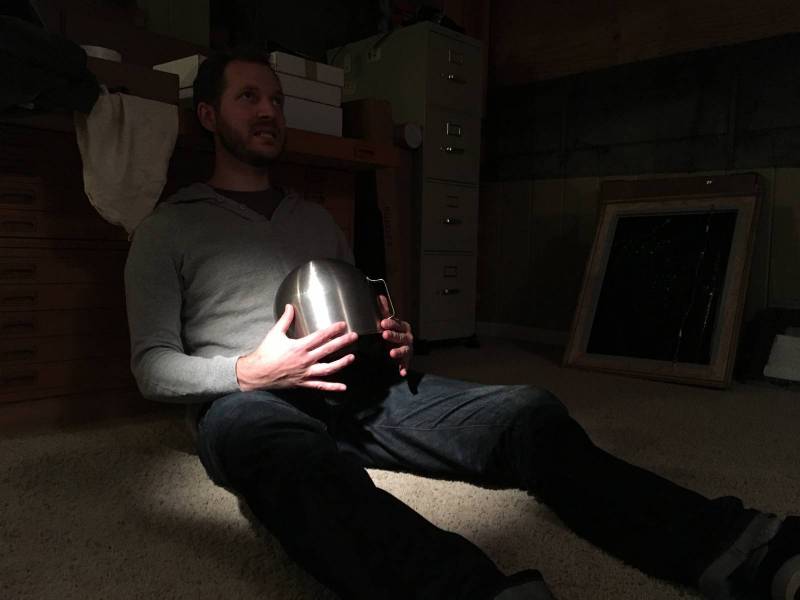
I don’t have an extensive collection of costumes or armor and I tend to improvise with my reference, so yes that is the mixing bowl from a Kitchenaid stand mixer posing as the helmet.
From there, it was off to the races in paint.
Assignments like this are always highlights for me and they tend to be the pieces that I do my deepest mental and emotional dives on. The more constrictive assignments that I mentioned above are more difficult for me to really get into. But that’s my shortcoming, not a universal rule.
Due to client and assignment restrictions, adding something to a piece isn’t always possible. It’s also not always necessary. After all, there are some folks who just have a way with their work and will make any assignment their own no matter what they do. Me? I like to be able to inject a bit more of myself beyond what my own style and sensibilities already do. However, it’s always important to keep in mind that a balance must be achieved between the assignment’s needs and my own. I can’t let the ingredients I’m adding spoil the meal. If I’m unable to achieve that necessary balance, then I leave my ingredients out and save them for a meal to be had at a later date—and maybe that meal will be one I created myself. Or something.
Anyway, point is, if you’re stuck with a piece where you feel like you’re just going through the motions, maybe take a few minutes to find a way to inject a little something that’s yours in there. It might not work, but it’s always worth a try. At the very least, you may see the job from a new angle that brings you back to being more fully invested. And if it’s already your piece and you’re still feeling like you’re going through the motions, then maybe there just isn’t enough of you in there in the first place.


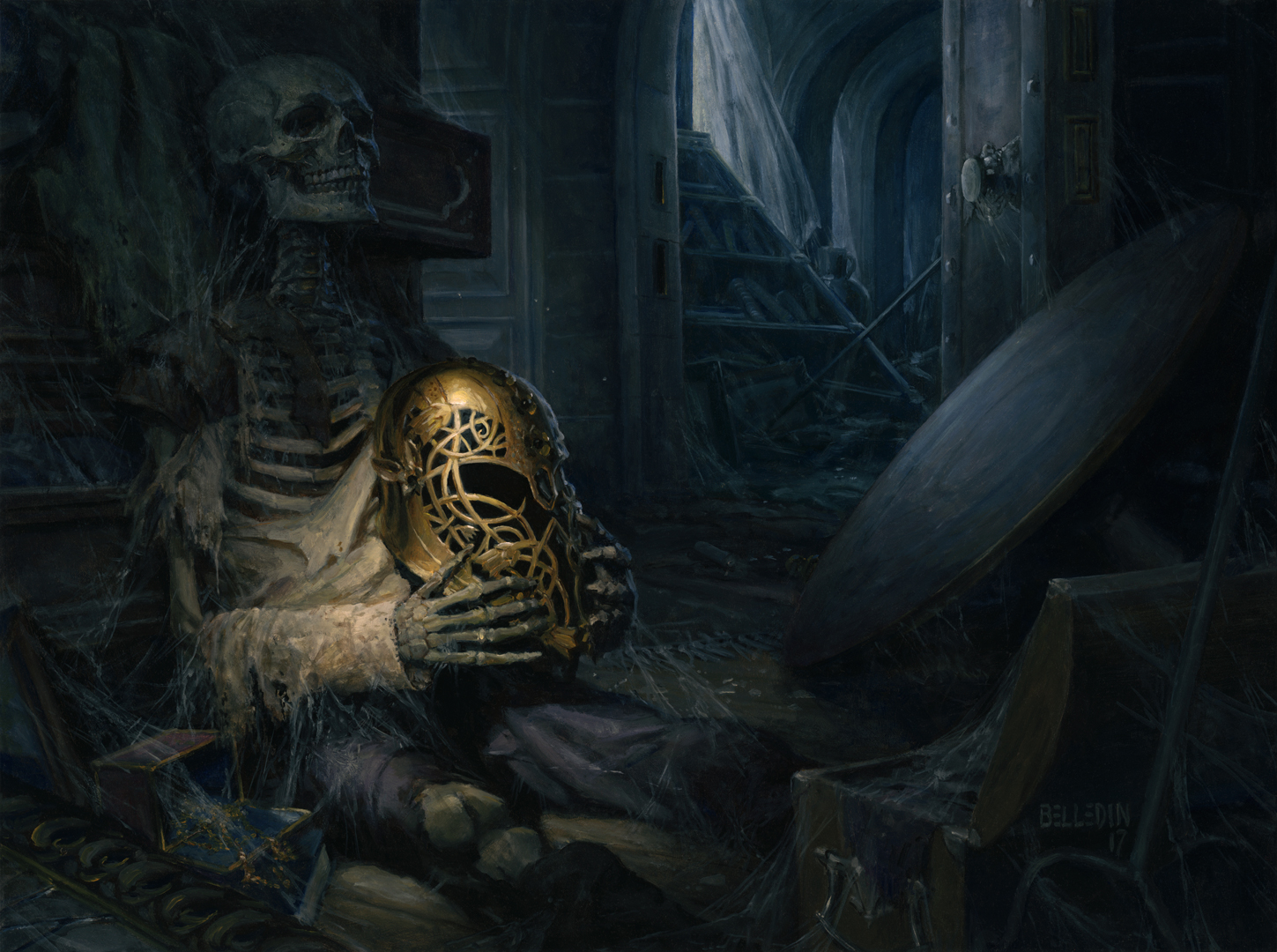
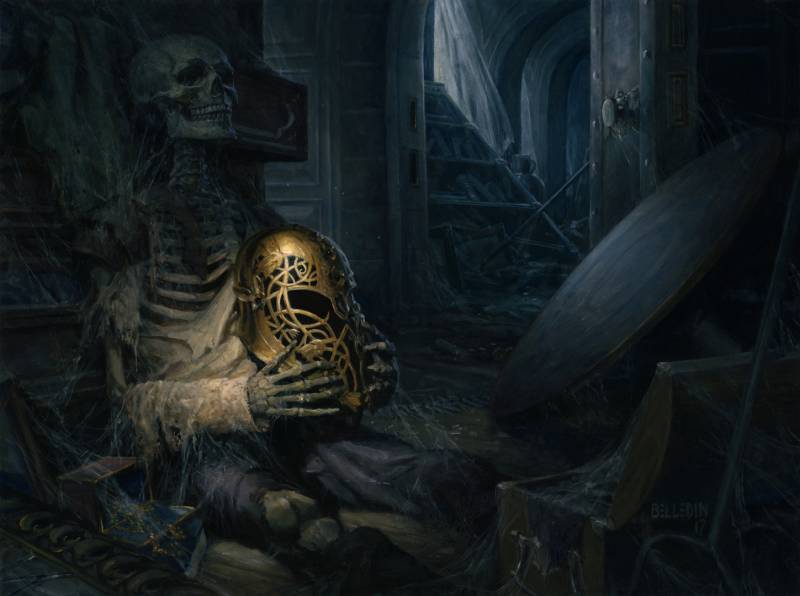
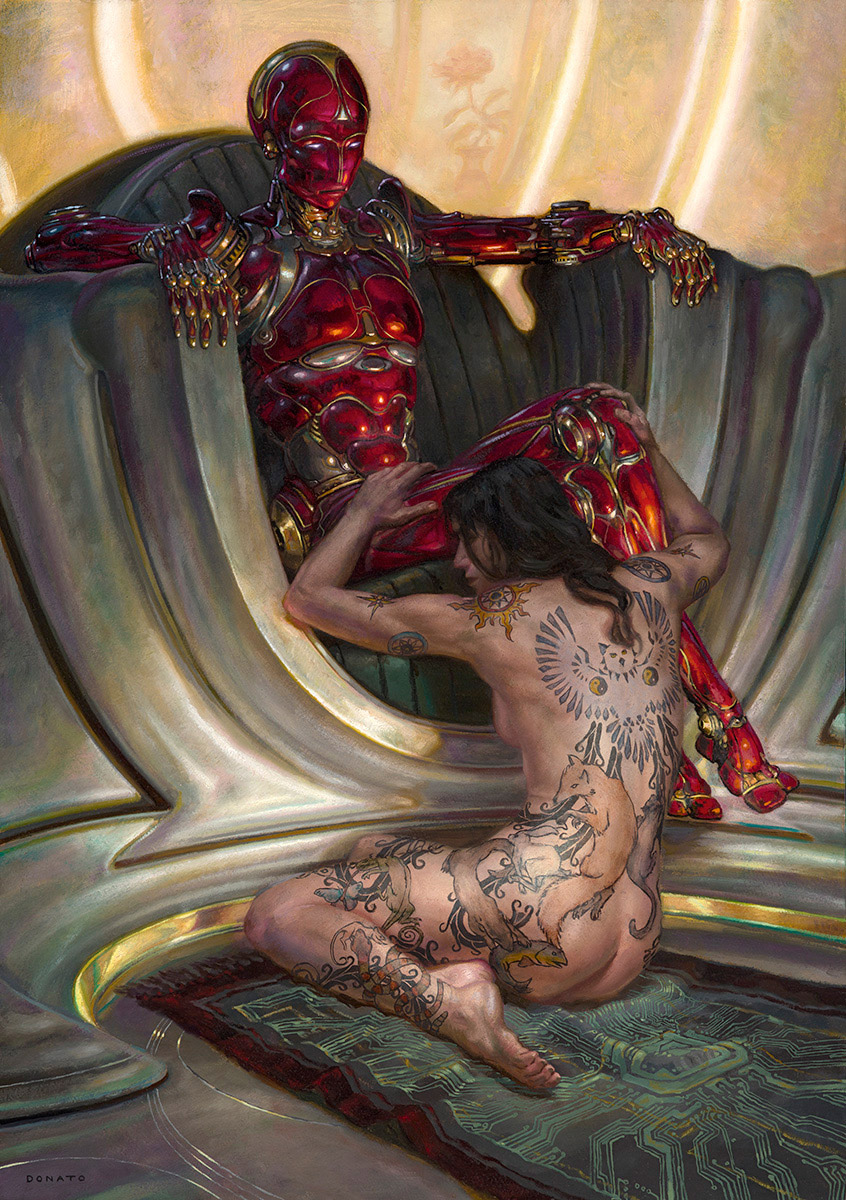
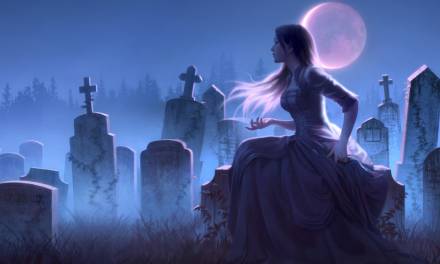
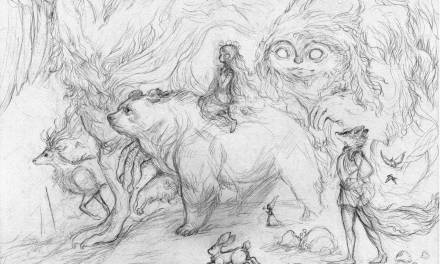
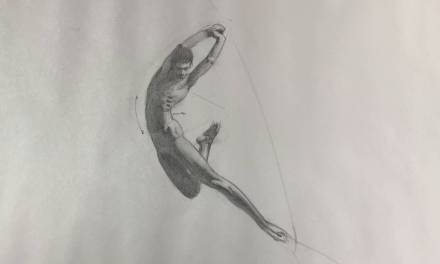
nice post! i’m always very interest in how others deal with extrapolating from reference photos
Very interesting read, and love the reference photo you took haha. I think its awesome to see how artists get creative trying to replicate the art they wish to create with their reference photos (ex the mixing bowl to fill in for a helmet).
The final illustration came out very nice!